How YouTube Tags Enhance Video Discovery
YouTube is not just a platform for sharing videos; it’s a powerful search engine for video content. As more creators flock to the platform, the competition for visibility intensifies. This is where YouTube tags come into play. Tags are more than just a handful of keywords; they are strategic tools that enhance your video’s visibility and discoverability. When used effectively, they can significantly impact how and where your videos appear in search results and recommended viewing lists. By understanding the importance of tags, their proper use, and how to optimize them, you can significantly increase your chances of reaching a broader audience.
Understanding YouTube Tags
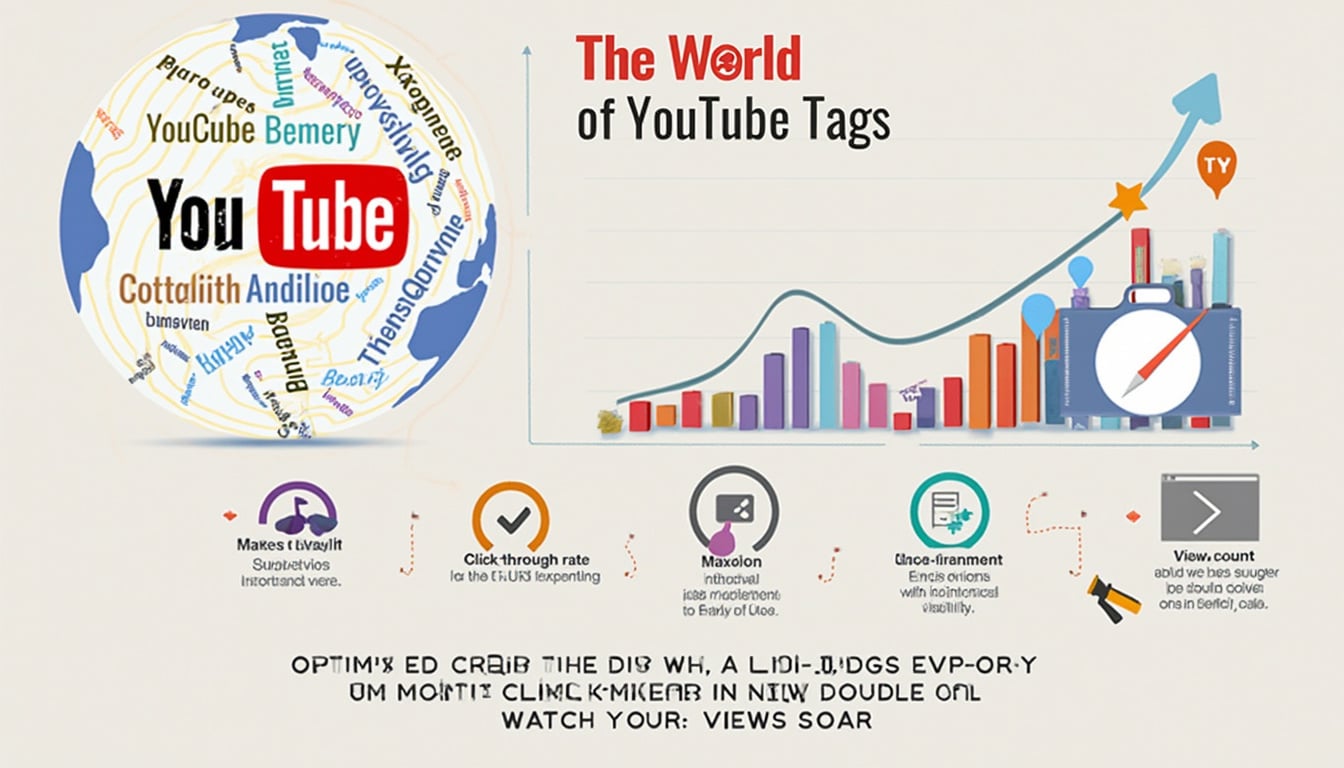
YouTube tags are descriptive keywords or phrases that help the platform understand the topics your video covers. Their primary function is to categorize content, making it easier for YouTube’s algorithms to connect your video with viewers searching for related topics. Tags give context about your video content, helping improve its SEO and ensuring it reaches the right audience. However, tags should be chosen carefully. Irrelevant tags can mislead viewers and hurt engagement.
Choosing Relevant Tags
Choosing the right tags comes down to understanding what your video is about and who your audience is. Start by focusing on relevance. Select tags that accurately represent the content of your video. For example, if your video teaches viewers how to bake gluten-free cookie recipes, relevant tags could include ‘gluten-free baking,’ ‘cookie recipe,’ and ‘easy baking tutorials’. Always stick to tags that are directly related to your content.
Specificity Matters
Specificity in your tags is just as crucial as relevance. Instead of using generic tags, you can use more specific phrases that cater to your niche audience. For example, instead of just ‘baking thoughts’, consider using ‘low-fat baking ideas’ or ‘vegan cookie fudge’. This approach will help your video get noticed by viewers who are searching for precisely what you offer.
Long-Tail Keywords and Phrases
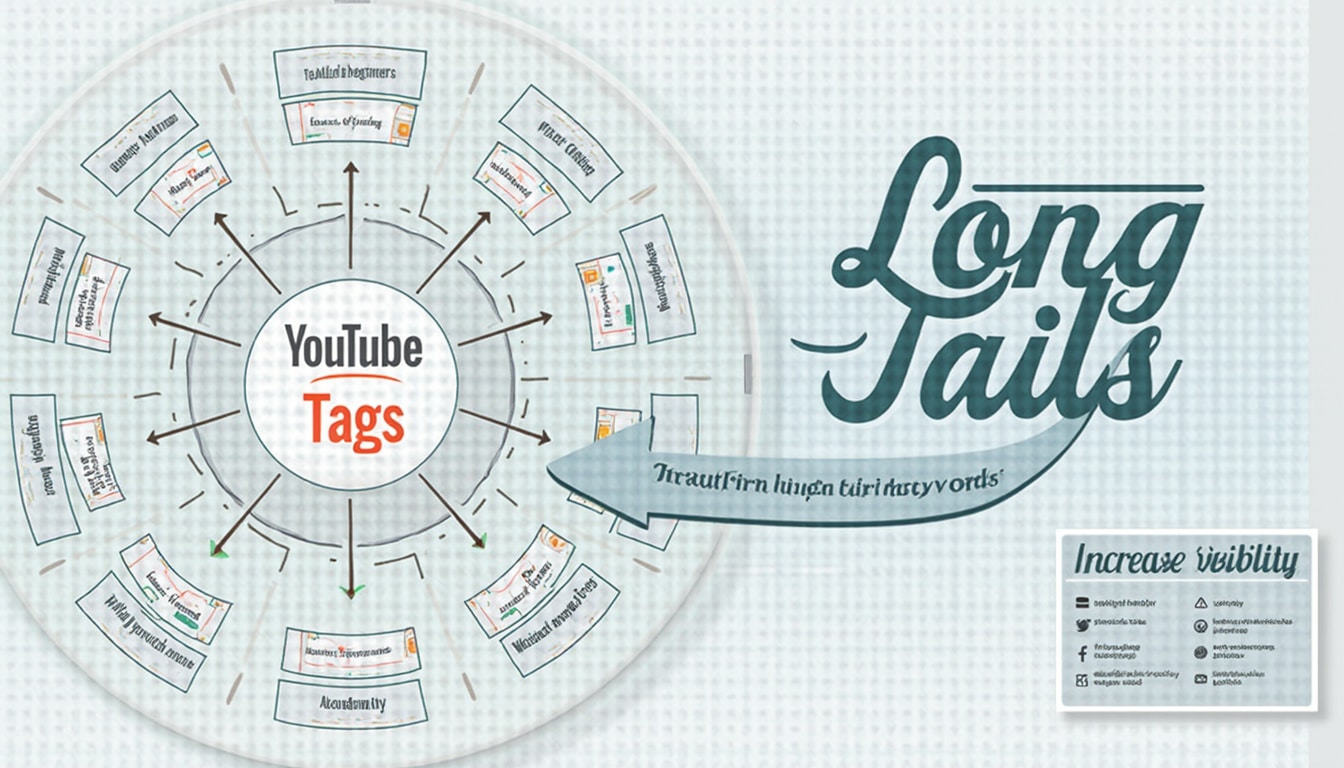
Long-tail keywords are longer and more specific phrases that typically contain three words or more. Using long-tail keywords as tags can improve your video’s chances of ranking higher in niche search results. When a viewer types in a specific query, such as ‘easy gluten-free cookie recipes for beginners,’ having that exact phrase as a tag can significantly enhance discoverability. This strategy not only minimizes competition but also attracts a targeted audience who are genuinely interested in what you’re presenting.
Keeping Up with Trends
Staying informed about trending topics can greatly enhance your tagging strategy. You can gain an edge by incorporating tags related to popular trends or topics that are currently captivating viewers’ interest. This could be trends in fashion, emerging tech innovations, or viral sensations. By associating your video with trending tags, you can increase the chances of your video appearing in searches and recommendations, boosting engagement and views.
Tag Placement and Consistency
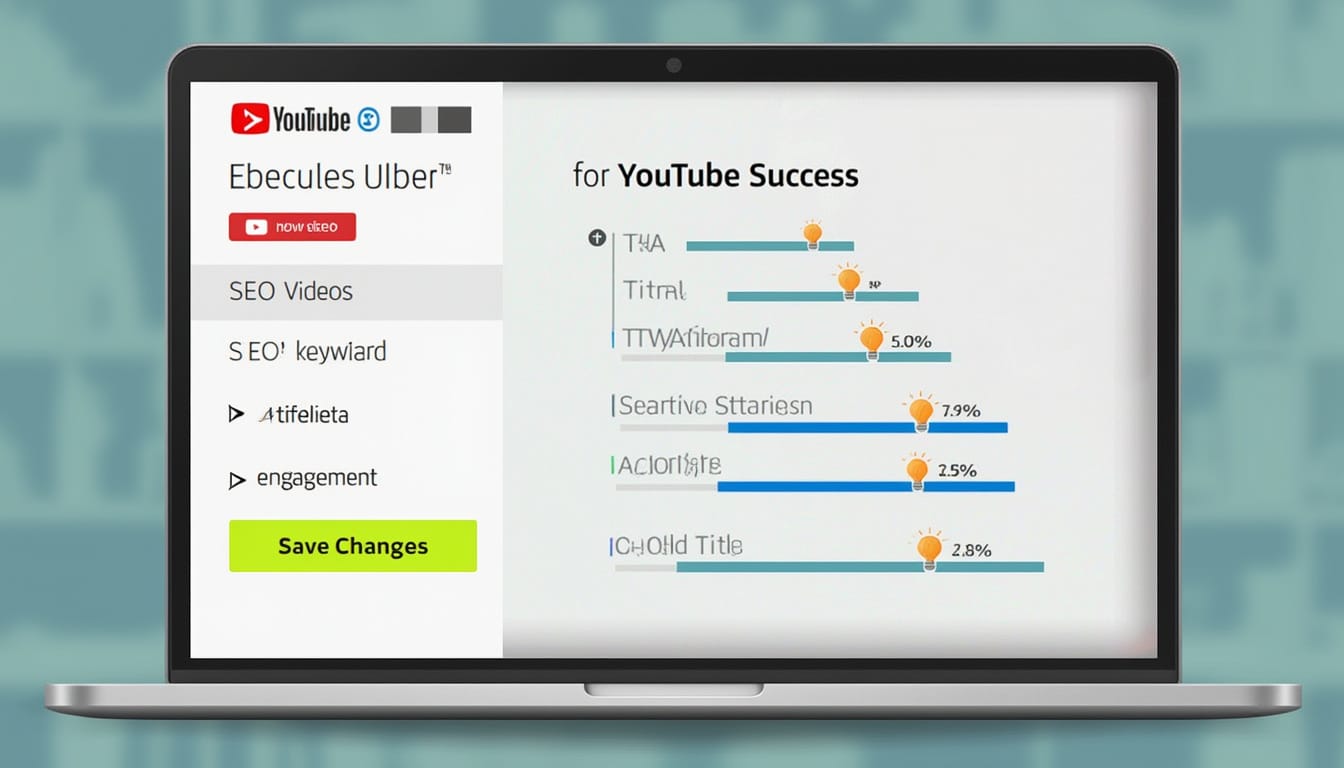
The placement of your tags can influence their effectiveness. Start with your most relevant tags positioned at the top of your list, as YouTube typically gives more weight to the first few tags. Be sure to maintain consistency across your video metadata—tags should align with your video’s title, description, and thumbnail to maximize impact. Utilizing the same tags across similar videos in a series can also enhance discoverability and help establish a cohesive channel identity.
Monitor and Update Tags Regularly
Once your video is live, your work isn’t finished. Regularly reviewing and updating your tags based on performance analytics can be immensely beneficial. Are there certain tags driving more traffic? Are there better-ranking keywords you could incorporate? Utilize YouTube Analytics to monitor how well your tags are performing. If certain tags aren’t yielding the desired results, don’t hesitate to alter your strategy and adapt to changing trends or audience preferences.
Understanding Tag Limitations
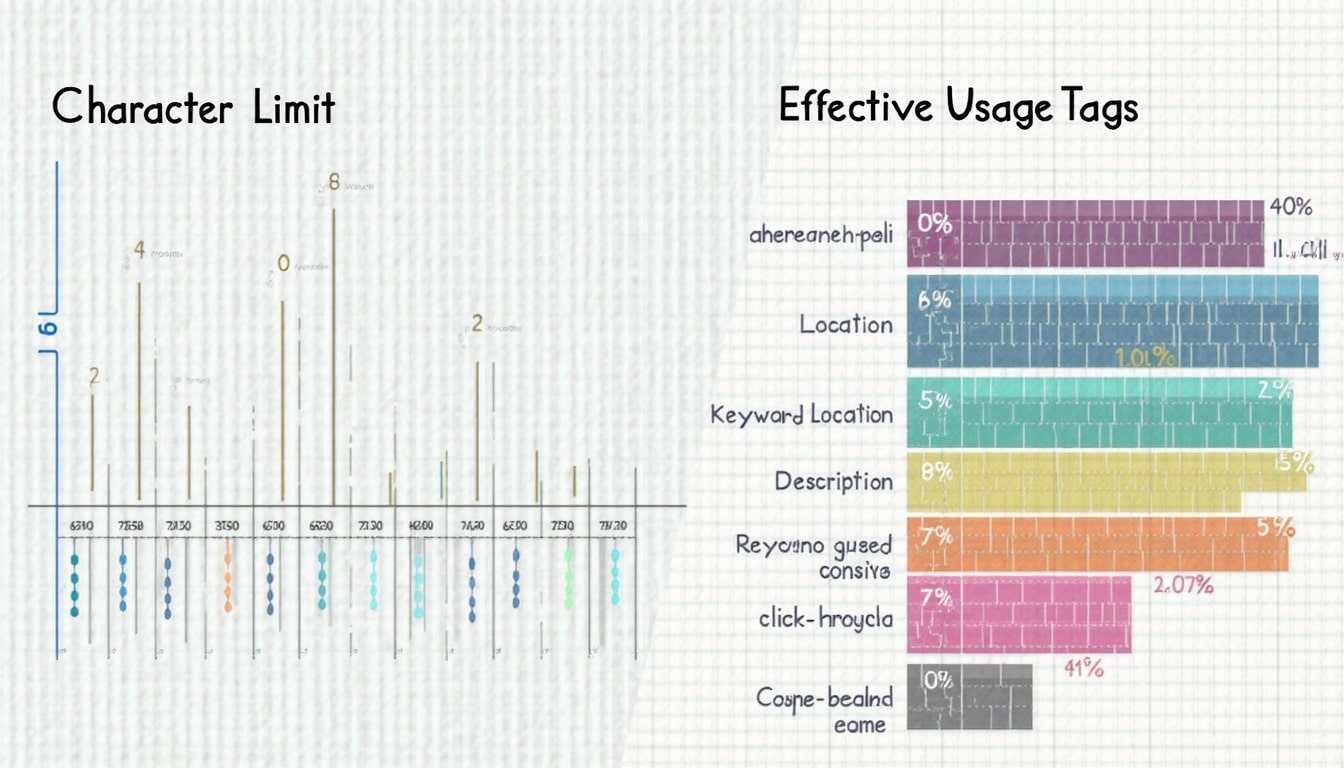
While it’s essential to use as many relevant tags as possible, it’s equally crucial to respect the limitations imposed by YouTube. Each video can contain up to a certain number of tags, and exceeding this limit could result in a poor tagging strategy. It’s better to focus on a select few high-quality tags rather than stuffing your video with irrelevant or misaligned keywords. This practice ensures that your tags remain targeted and contextually relevant.
Avoiding Misleading Tags
Tags should reflect the content’s true aims rather than being used as clickbait. Using misleading tags, while tempting, can ultimately harm your video’s performance. An audience that feels misled is likely to abandon the video quickly, which can result in lower watch time and reduced credibility. Stay true to your content’s essence through accurate and pertinent tagging practices.
Conclusion and Best Practices for Tag Usage
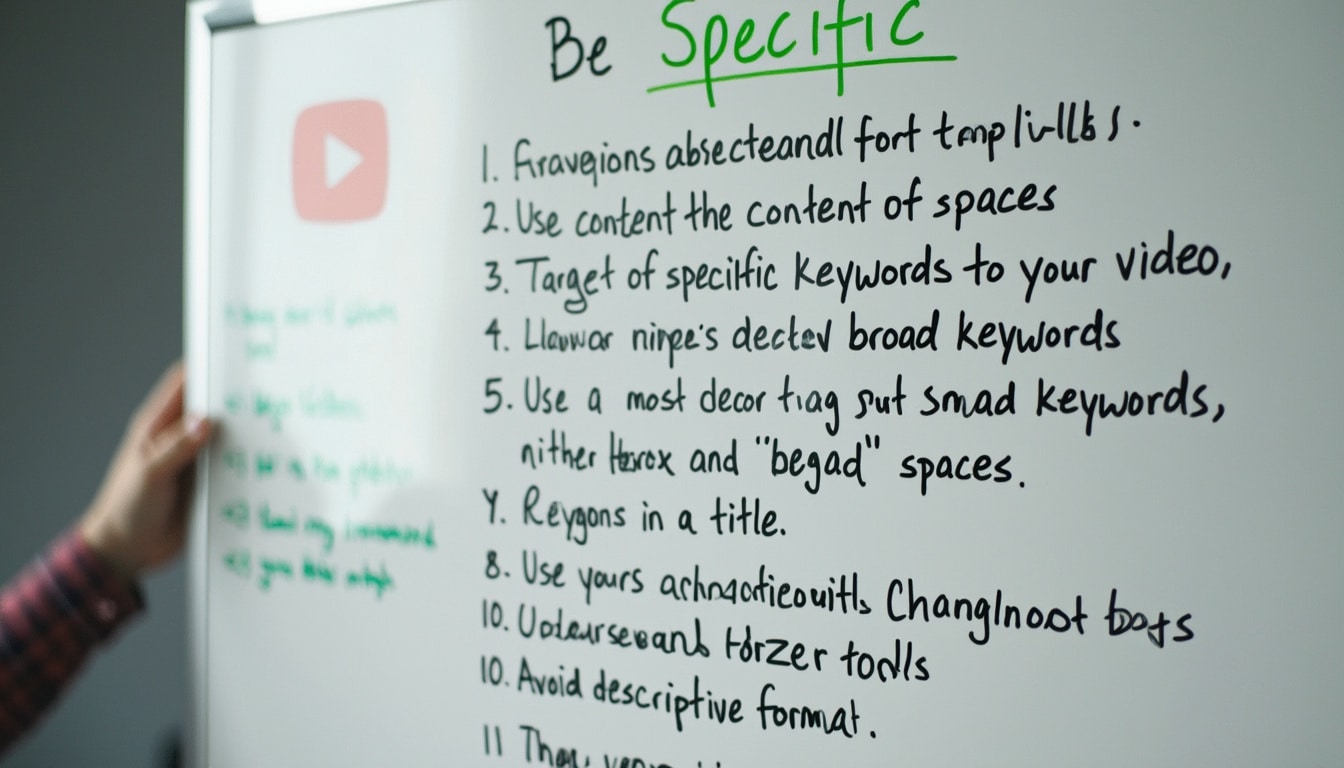
Mastering YouTube tagging isn’t just an art; it’s a science. By implementing these best practices, including choosing relevant and specific tags, utilizing long-tail keywords, and regularly monitoring their performance, you can increase your video’s chances of being discovered. Tags should be authentic representations of your content, and maintaining a balance between relevance and specificity is key. Don’t underestimate the power of simple strategies to amplify your reach and connect with your desired audience.
